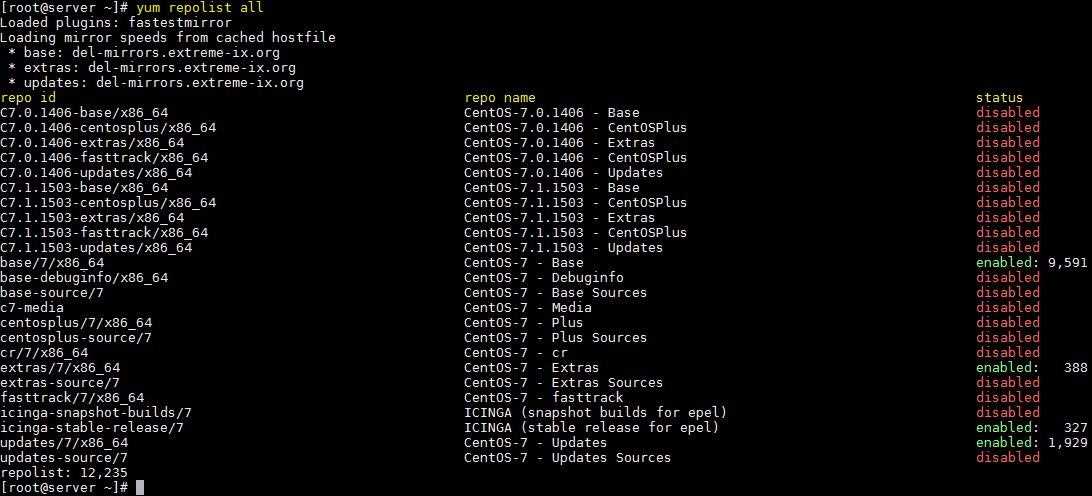


In addition to the yum command, Red Hat Enterprise Linux includes other tools to manage software packages. Regardless of whether you’re installing or updating kernel via yum or using yum install, the kernel will always be installed. It will wait for your response and then download and install any packages that are required, or any dependent packages. During the yum checkout process, a check for dependencies is performed, a summary of all dependencies is displayed, and a transaction summary is generated. There are a variety of yum commands, but the following list contains some simple tasks. The createrepo command is used to generate local yum repositories, which are then uploaded to the local directory with the baseurl set. The retrieval of software packages from storage locations is referred to as a repository. When it comes to package management tasks, it is often simple to use the yum utility. This file is typically located at /etc/yum.conf, and it can be used to configure various options, such as which repositories to use and how to handle package dependencies. In Linux, the yum configuration is a file that contains information about the repositories that yum should use to install software packages. We’ll cover Network Yum Server in a few articles in the coming weeks.

In this case, it is necessary to check the repository’s authentication using GPGcheck. Since the baseurl is a file:///, it is simply a file with an HTTP request. Local repos are referred to as baseurls because their paths are defined by the server they are hosted on (here, is a local repo). With the right yum command, you can install any package you want, whether it’s a local repository or a remote location. If you perform network installation or a local yum repository, you must convert your Linux operating system to DVDs. It is easier to resolve software dependencies using YUM if we install, update, and remove RPM. We will be using the createrepo command and the Apache web server to setup the Yum repository.Īnother and advanced way to install packages in Linux distributions such as Red Hat, Fedora, and CentOS is through the use of YUM (Yellow-dog Updater and Modifier). In this article, we will explain how to create a local Yum repository on a CentOS 7 server. A YUM repository is a place where we can download packages and its dependencies.


 0 kommentar(er)
0 kommentar(er)
